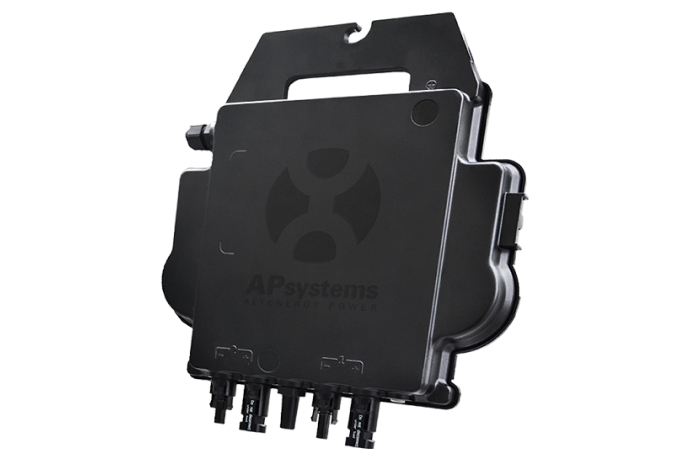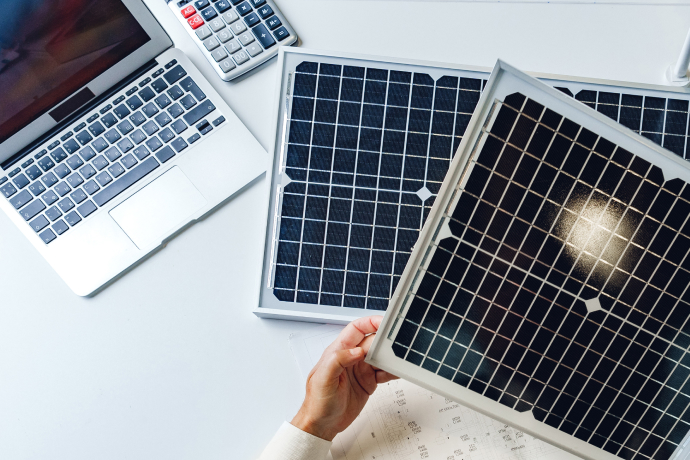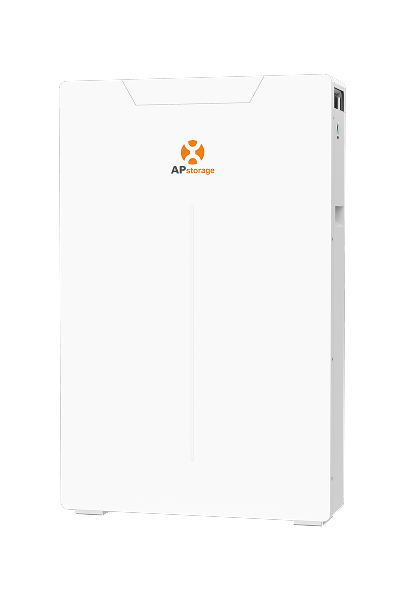Understanding how long solar energy can be stored is important for maximising the benefits of solar power. Solar energy is primarily stored in solar batteries for use when the sun is no longer shining. How long the energy can be stored depends on a variety of factors like the size and capacity of the battery. In this article, we explain how solar batteries work, how long solar energy can be stored, and the factors that affect how long you can store solar energy.
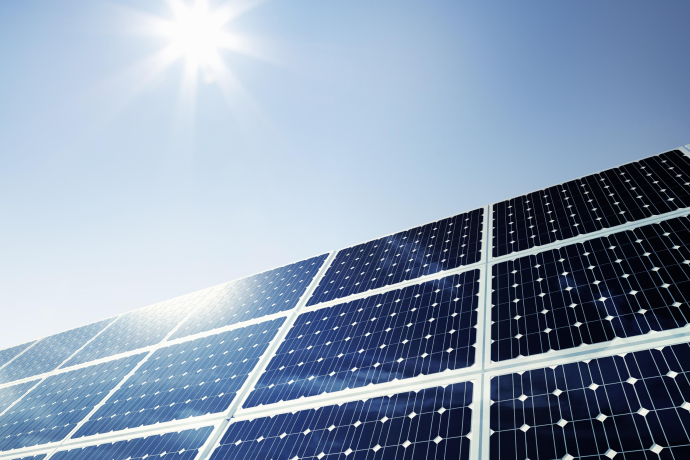
What is Solar Energy Storage?
Solar energy storage refers to the process where energy captured by solar panels is stored for later use. While solar panels capture the sunlight to convert it to electricity, they do not store the energy so any excess is sent back to the grid. With a solar battery connected to the solar system, the energy can be sent to the battery instead of the grid for later use. While there are three types of energy storage systems, residential and business primarily use batteries for energy storage.
How Solar Battery Storage Works
Solar batteries store excess electricity generated by solar panels for later use. During the day, solar panels convert sunlight into electricity, and if more electricity is produced than the home needs, the excess is stored in the battery. The solar battery is connected to the solar system through an inverter. The inverter converts the DC electricity from the solar panels into AC electricity to be used throughout the home and stored in the battery for later use. When the home needs power and there is no sunlight, the solar battery discharges and sends the stored energy to the home.

Types of Solar Batteries
Solar batteries are one of the most important parts of the solar system. While solar panels convert sunlight to electricity, the solar battery actually stores it for later use. There are several types of solar batteries for solar energy storage with the four main types including lithium-ion, lead-acid, nickel-cadmium and flow. Each has different characteristics, strengths and weaknesses making them suitable for different applications.
Lithium-ion Batteries
Lithium-ion batteries are a type of rechargeable battery that store energy by the movement of lithium ions between two electrodes. In solar energy storage, a lithium-ion battery captures excess electricity generated by solar panels during the day and releases it when needed. This type of solar battery is the most popular option for home energy storage because they have a long lifespan, require little maintenance, and don’t take up as much space as other battery types. Lithium-ion batteries are more expensive than other batteries on the market.
Lead-Acid Batteries
This type of battery has been around for years and is not as popular for residential purposes unless used for off-grid or backup power in rural households. Lead-Acid batteries are a rechargeable type of battery that uses lead plates and sulfuric acid electrolyte to store electrical energy created by the solar panels. This type of solar battery is good for rural, off-grid or those on a budget as it is a less expensive option.
Nickel-Cadmium Batteries
This type of rechargeable battery uses nickel oxide hydroxide and metallic cadmium as electrodes to store electrical energy transmitted from the solar panels. They are not used for residential solar systems but often still used for large-scale solar systems due to their durability and ability to withstand extreme temperatures.
Flow Batteries
This type of battery uses a relatively new technology that contains a water-based electrolyte that flows between the two separate chambers within the battery. They have a long lifespan, increased safety, and suitability for extended hours of operation, and are more suitable for large applications rather than residential.
How Long Can Batteries Store Solar Energy?
Solar energy can be stored for varying durations depending on the storage method, battery capacity and household consumption. As a rule, batteries can typically hold a charge for a few hours to several days. A solar battery with a large battery bank may even last up to 7 days depending on the energy consumption in the home.
Factors Affecting Battery Storage Duration
While there is a general rule as to how long the average solar battery storage can last, there are several factors that influence how long a battery can store energy. Understanding the things that impact battery storage can help maximise your battery storage duration.
- Solar Panel Efficiency: How efficient solar panels are directly impacts the battery storage capabilities and duration. Solar panels that are highly efficient produce more energy than less efficient panels. The more electricity produced, the larger the surplus to be stored in the solar battery.
- Battery Storage Capacity: Solar battery storage capacity is measured in kilowatt hours (kWh). This is the amount of energy a battery has the capability of storing when fully charged. The amount of energy the battery can hold represents the usable energy that can be distributed throughout the home. Most residential batteries range from 5kWh to 20kWh, and the size you need depends on the size of the solar system and energy requirements. The average size home with a 6.6kW to 10kW solar system will need a 10kWh battery to provide enough power for an evening when the sun is down.
- Weather and Climate Conditions: The weather and climate can significantly impact battery storage duration. High and low temperatures can reduce battery capacity and the amount of energy stored. As solar batteries are designed to operate within specific temperature ranges, any extreme conditions can reduce the battery’s ability to store and distribute energy. When temperatures are high, it can cause increased internal chemical reactions and overheating. Low temperatures slow down the chemical reaction in the battery, diminishing its capacity to store electricity.
- Energy Consumption Patterns: How energy is consumed in the home significantly impacts battery storage duration. If peak demand occurs when energy production is low like during the evening, the energy stored in the battery will not last as long. If, however, peak usage is during the daytime hours, and less in the evening, there will be a greater likelihood of the stored energy lasting longer.
- System Maintenance and Care: Battery storage systems require regular maintenance and care to operate at full capacity and store the maximum amount of energy. If not maintained, battery storage can become less efficient, less reliable and have issues with performance.
- Depth of Discharge (DoD): Depth of discharge is the percentage a battery has been emptied to its total capacity. A battery with a 100% DOD has been fully discharged before recharging. A high DOD impacts the battery storage duration because it uses a larger percentage of the battery’s capacity, reducing the number of charge cycles. Batteries with a lower DOD have better storage capabilities for a longer period of time. Some types of batteries can handle different depths of discharge. Lithium-ion batteries have a higher recommended DOD at 80 to 90% while lead-acid batteries have a lower recommended DOD of just 50 to 60%.
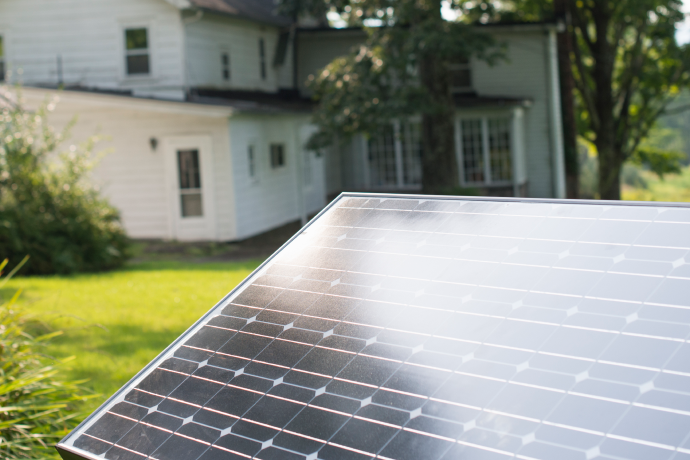
Solar Battery Lifespan
Solar batteries typically last between 5 and 15 years, although some can last up to 20 years. A lithium-ion battery may last for 10 to 15 years, but a lead-acid battery typically only has a 5 year lifespan. However, any solar batteries that are exposed to high temperatures or consistent usage will have a reduced lifespan.
Like solar panels, solar batteries do experience gradual degradation over time, usually at about 1 to 2% per year. This degradation manifests in the solar battery’s ability to store energy over time and reduces its lifespan. The main factors that affect solar battery lifespan are usage frequency, environmental conditions and charging practices.
- Usage frequency: The more often a solar battery is used the faster it will degrade.
- Environmental conditions: Temperature extremes changed the chemical composition inside the solar battery, resulting in lower capacity and decreased lifespan.
- Charging patterns: How the solar battery is charged significantly impacts its lifespan. A solar battery that is regularly run down to zero stresses the internal cells of the battery and reduces its lifespan.
Solar energy can be stored for anything from hours to days which provides excellent backup power when an outage occurs or residual power when the sun is no longer shining. While there are other methods of solar storage used in large scale applications, the main residential solar storage solution is a battery. In this article we have explained what solar storage is, the types of solar battery storage and factors that affect solar storage capabilities. The team at Tasmanian Safer Solar are experts who can advise on solar systems and batteries.



